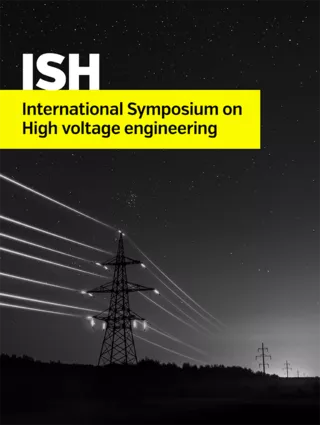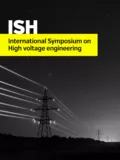Summary
In conventional applications vacuum interrupters are used in insulating gases like air or sulfur hexafluoride (SF6), but in combination with high temperature superconductive (HTS) equipment they are surrounded by liquid nitrogen. First of all, this changes the external dielectric strength. However, in previous experimental investigations it was not possible to determine the external dielectric strength of the tested vacuum interrupter because even with the maximum possible contact gap the breakdown would occur inside the vacuum interrupter. So the external dielectric strength is not part of this work. Because of the lower temperature of the switching contacts the inner dielectric strength may be affected. In the literature lower field emission currents are reported for lower contact temperatures because of changing material properties. With experimental vacuum chambers higher breakdown voltages could be observed especially for larger contact gaps at cryogenic temperatures. In this work the behavior of commercially available vacuum interrupters at contact gaps of several millimeters will be investigated. Previous measurements using a standard 1.2/50 µs lightning impulse voltage and the successive discharge test have shown that it is very difficult to determine the breakdown voltage because of conditioning and deconditioning effects. In this work a different voltage shape is used in combination with the up-and-down method to determine the breakdown voltage. To determine the influence of the temperature, the vacuum interrupters are immersed either in liquid nitrogen (77 K) or in oil (293 K).
Additional informations
| Publication type | ISH Collection |
|---|---|
| Reference | ISH2015_41 |
| Publication year | |
| Publisher | ISH |
| File size | 338 KB |
| Price for non member | Free |
| Price for member | Free |
Authors
Golde Karsten, Hinrichsen Volker




